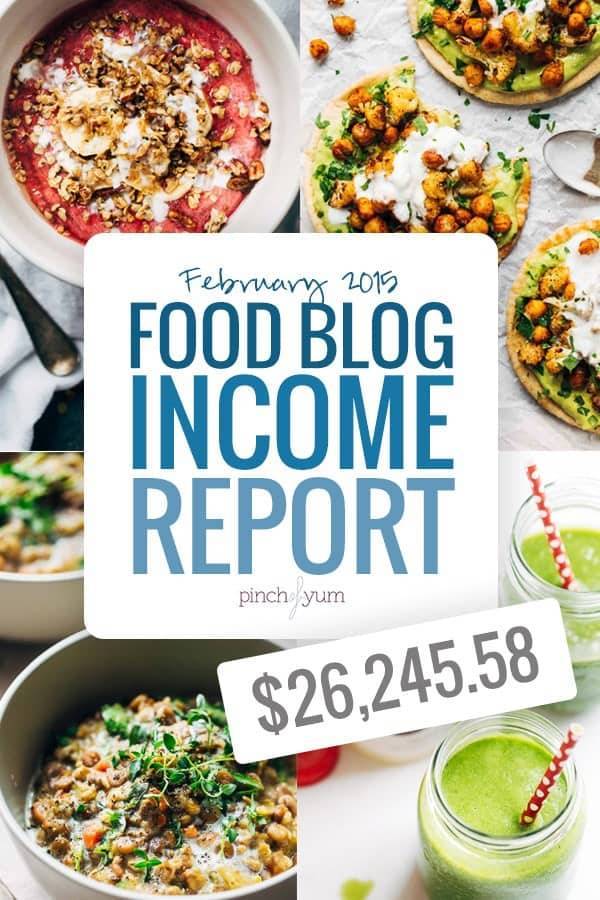
Hey there!
Bjork here, checking in for the monthly traffic and income report.
We started doing these reports over three years ago. You can check out each one of the over forty posts that we’ve written here or start from the beginning by reading our first income report here.
“Why in the world would you publish a post like this on a food blog?” you ask.
Great question!
When Pinch of Yum first started growing four and half years ago, we started to research what it would take to create an income from a food blog. There were two general opinions that people had:
- It’s not possible.
- It’s totally possible.
We decided to put those two opinions to test and do an experiment in the form of a monthly report on how much income the blog was able to create in the previous month. We called it “the food blog money making experiment.” We’ve continued on with the reports each and every month since we started. The experiment continues this month!
It’s important to know that creating an income from a blog isn’t easy. Far from it, actually. It takes a lot of time, dedication, failure, late nights, early mornings, posting when you don’t necessarily feel like posting, etc, etc, etc… While it’s really easy to start a blog, it’s really hard to maintain a blog.
Our hope with these reports is that they help you find some shortcuts to finding success with your own venture, whether it be a business, non-profit, or blog.
Let’s jump in!

A quick note: Some of the links in this post are affiliate links. All of the products listed below are products and services we’ve used before. If you have any questions about any of the income or expenses you can leave a comment and I’ll do my best to reply.
Income Totals
- Bluehost – $7,475.00 –> this income comes from a page where we show people how to start a food blog in three easy steps.
- Sponsored Posts/Speaking – $6,600.00
- sovrn – $5,389.20
- Tasty Food Photography – $4,357.00
- Yellow Hammer Media – $2,772.73
- BlogHer (now SheKnows) – $1,728.75
- Gourmet Ads – $1,051.04
- Genesis Theme – $885.07
- Google AdSense – $743.32
- Ziplist – $529.18
- The Creamy Cauliflower Sauce eCookbook – $522.00
- Everyday Healthy eCookbook – $494.00
- Amazon Associates – $202.38
- Elegant Themes – $197.50
- How to Monetize Your Food Blog eBook – $130.00
- Thesis Theme – $65.01
- AWeber – $28.80
Total Income: $33,170.98
Expense Totals
- Canon EOS 7D Mark II – $1,936.17
- Support Staff – $1,120.87
- eBook Affiliates – $1,021.14
- Food Expenses – $640.32
- Media Temple (Hosting) – $549.00
- Amazon S3 and Cloudfront – $502.70
- PayPal Transaction Percentage – $388.90
- Travel – $215.90
- MailChimp – $135.00
- Coworking Space – $70.00
- LeadPages – $67.00
- Adobe Creative Cloud – $53.55
- PayPal Website Payments Pro – $30.00
- Time Doctor – $29.97
- Shoeboxed – $29.95
- ViralTag – $28.00
- QuickBooks – $26.95
- VaultPress – $20.00
- E-Junkie – $18.00
- Boomerang – $14.99
- TailWind – $14.99
- Backupify – $12.00
Total Expenses: $6,925.40
Net Profit: $26,245.58
If you’re interested in learning more about some of the ways that you can monetize a food blog, we encourage you to download this free ebook, “16 Ways to Monetize Your Food Blog,” from our sister site, Food Blogger Pro!
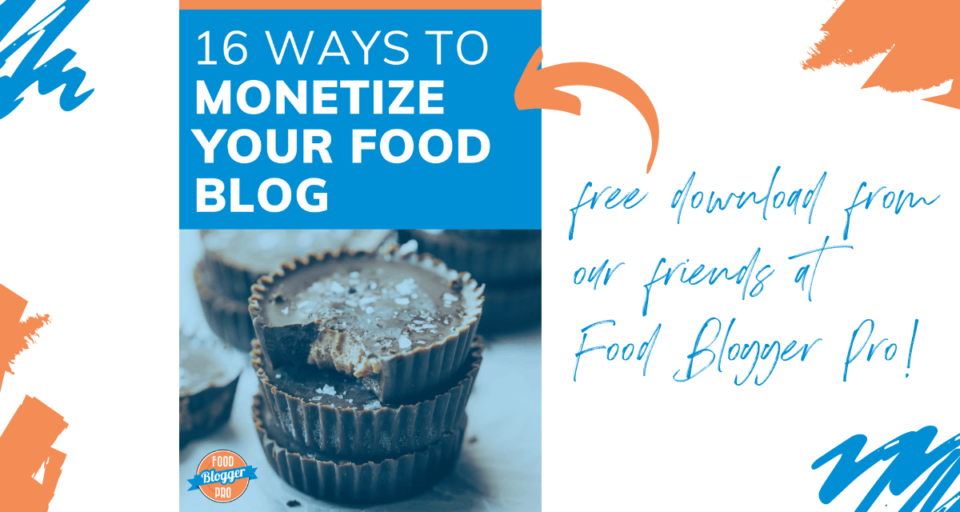
Rpm
RPM is an advertising metric that shows you how much revenue your website earns for every 1,000 page views. It’s a helpful metric because it allows you to see how effective you are at monetizing your blog.
Below is the RPM that we had for Pinch of Yum in the month of February.

Traffic Totals
Below are some screenshots from Google Analytics. You can click on these images to view a larger size.
Traffic Overview
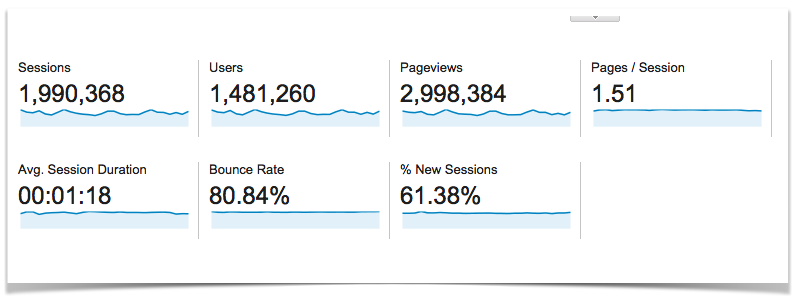
Top Ten Traffic Sources

Mobile Vs. Desktop Traffic
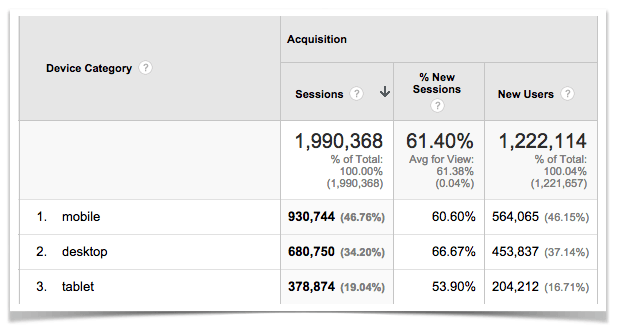

Singular Purpose For Pages and Posts

Say that three times fast!
In the December report, we talked about the different kinds of visitors that come to your blog and the fact that monetization strategies differ depending on the type of visitor.
The basic idea was that advertising works well for visitors that are coming to grab a quick recipe and then leave the site.
But advertising doesn’t work well in every situation.
One example on Pinch of Yum where advertising doesn’t make sense are the food photography posts. These are low traffic posts (when compared to the recipe posts) but it’s a really specific visitor that is coming to those pages: visitors interested in food photography.
In February Pinch of Yum received 31,000 page views on posts having to do with food photography (including the Tasty Food Photography sales page).
Those page views resulted in $4,357.00 of revenue for the blog.
That’s an RPM of $140.00! (if you’re not familiar with RPM, check out the section above or read this post on Food Blogger Pro).
To contrast, Pinch of Yum’s RPM for ad networks is $4.07.
That means by including ads on all of the food photography pages, we were only earning an extra $126.00 each month.
But here’s the thing. My guess is that we were actually making less overall each month because by including distracting ads we were making it more likely that people would leave the page early or get distracted from the main goal, which in this case was to purchase Tasty Food Photography.
So what did we do? We stripped away the sidebar on every food photography related post.
They went from looking like this:
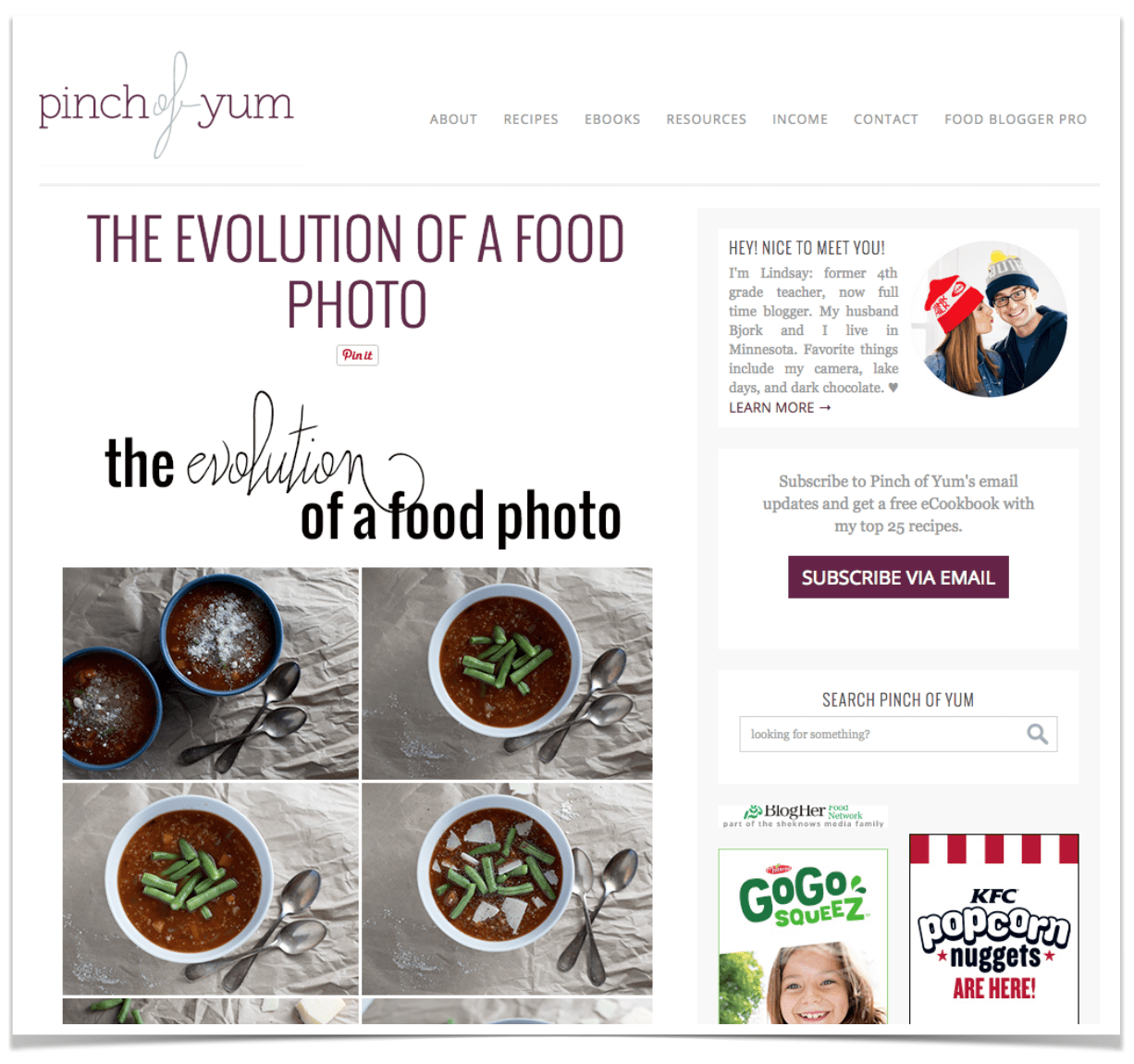
to this:
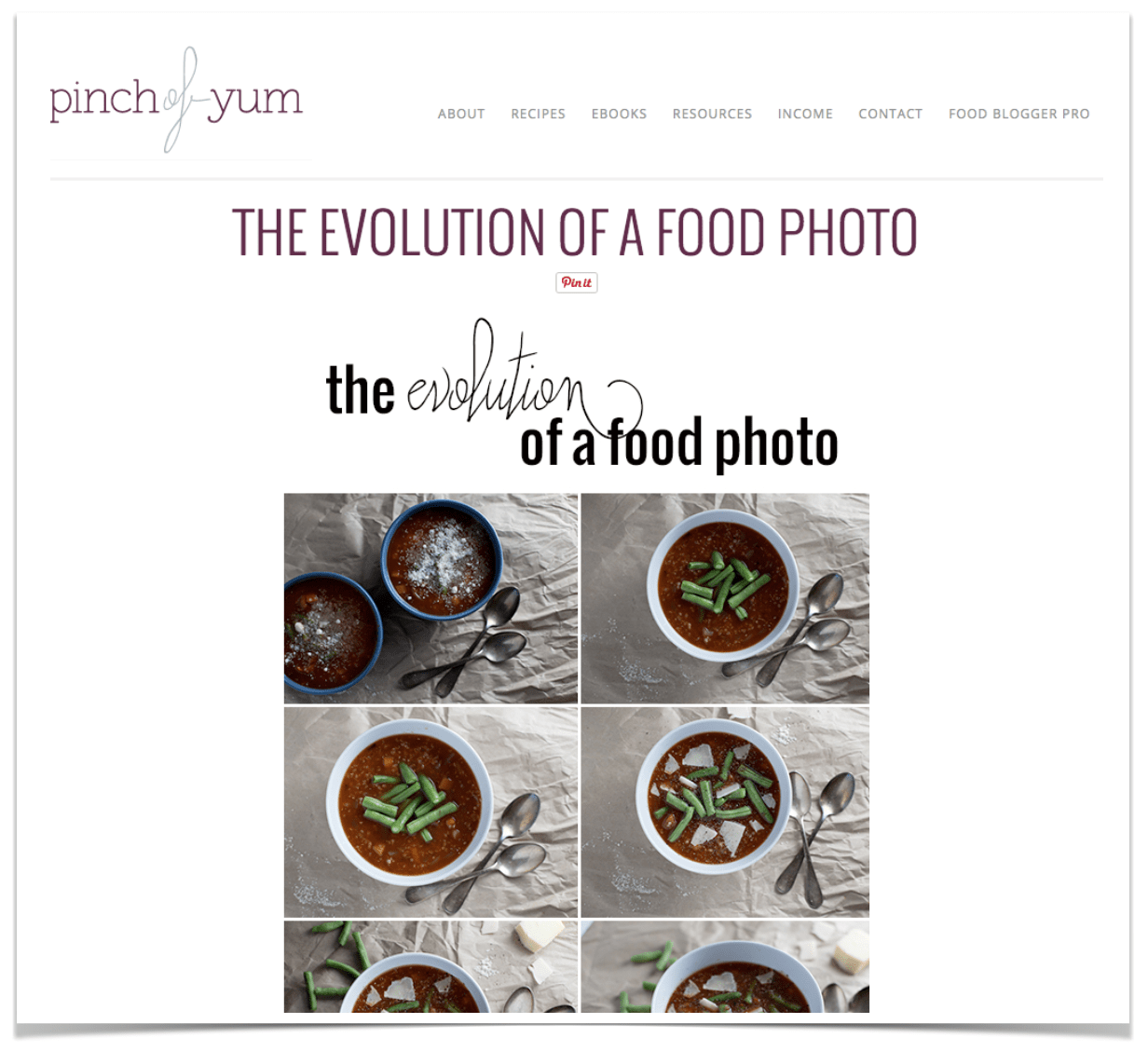
with the bottom of the post having a call to action like this:
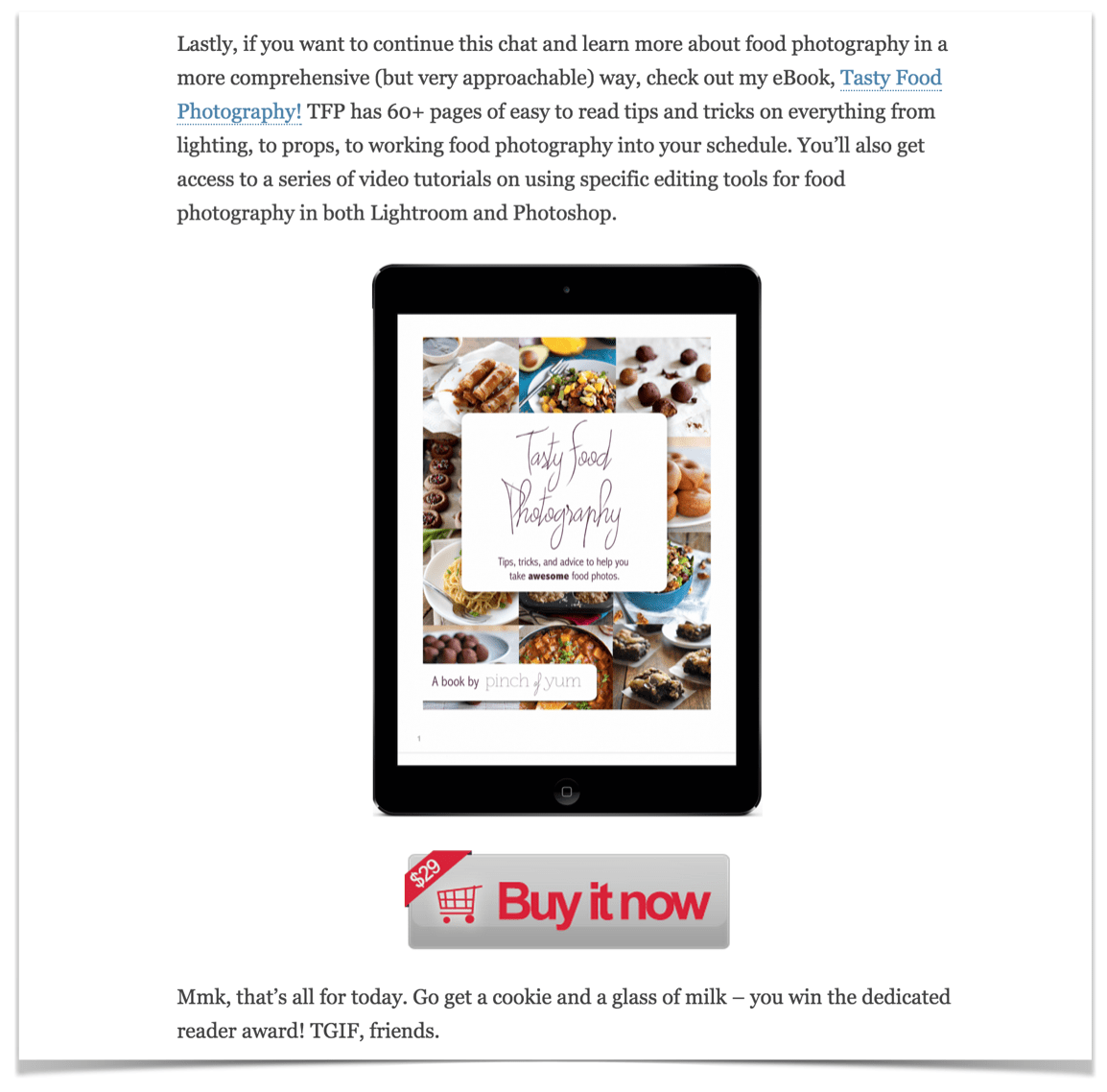
And the results? Well, it’s still a little early to say for sure as we just made the switch on March 10th, but the analytics from this post gives us a good indication of the impact:
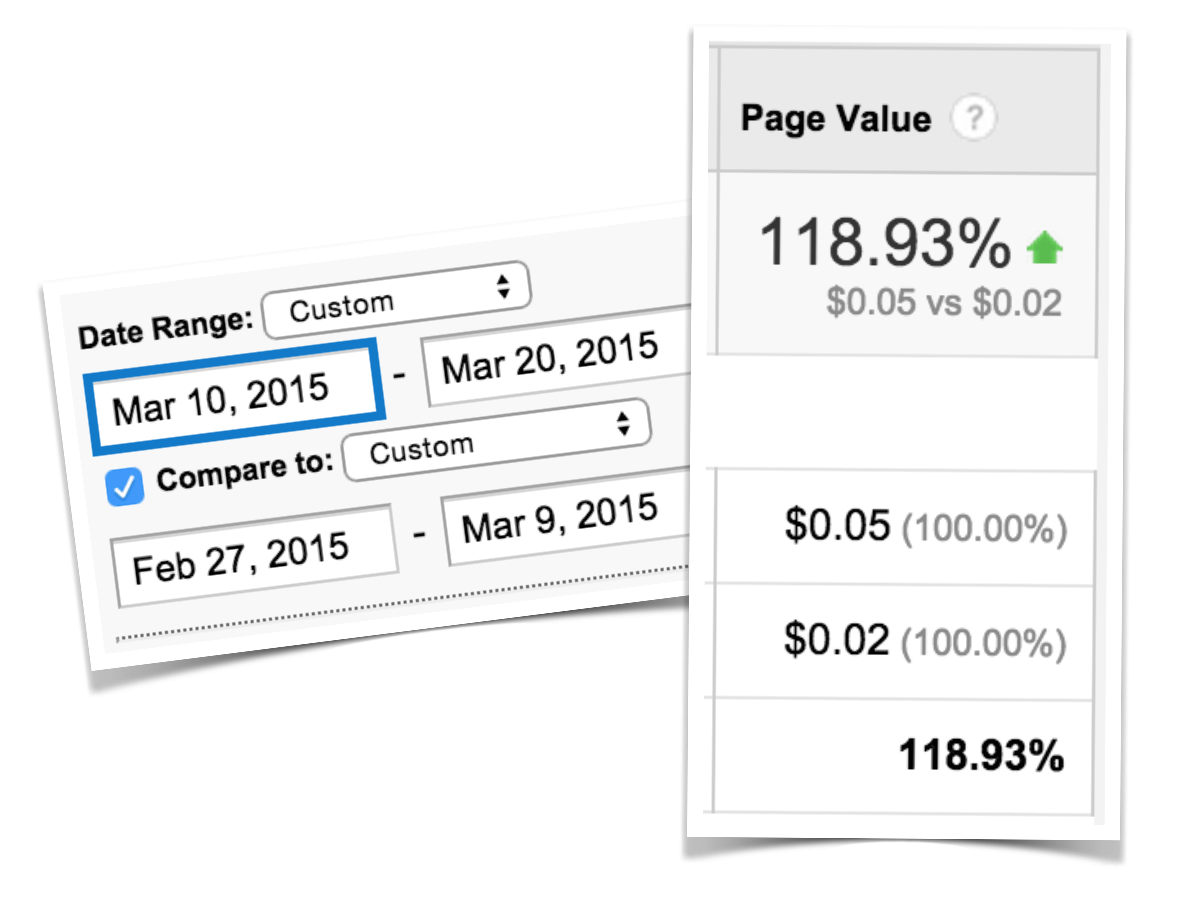
Here’s what this screenshot is showing us:
Before we changed that page to a single column with a strong call to action, it would average $0.02 of Tasty Food Photography sales for every page view. If we were to include the average income we earn from ads it would bring the total RPM for that page to just over $24.
After we took the sidebar out, centered the content, and added a strong call to action the Page Value more than doubled to $.05, bumping the RPM to $50.
That’s a huge increase in earnings that we get by removing the ads.
“Blah blah blah, numbers numbers, math, numbers, blah blah blah… Just tell me the point, Bjork!”
The point: Be intentional about how you craft content on your blog. Remember that not all visitors are created equal when it comes to monetization. Pages and posts that have a strong tie to a product or affiliate links are usually not good pages to also monetize with traditional ads.
Preliminary Pinterest Results: Long Vs. Short Images

Hello friends! It’s meeeeee.
Last month I introduced a new project related to Pinterest image style and engagement. We wanted to know which recipe image format was most engaging on Pinterest – specifically long pins with text vs. short pins.
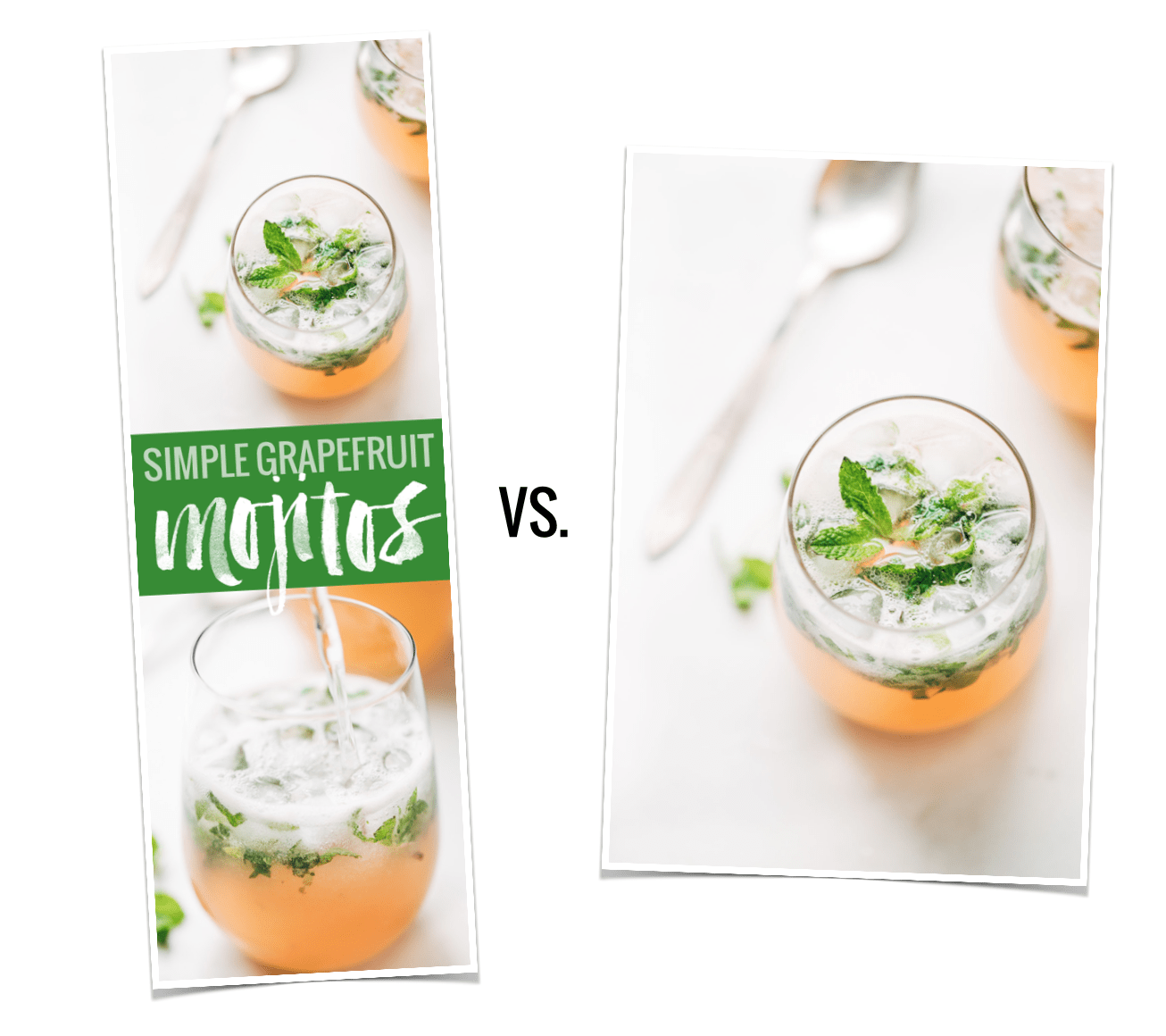
If you want to know more about how we set up the project, you can check out the overview that was described last month.
What I really want to share today are some very basic, very preliminary results from this experiment. We are still only about two-thirds of the way through in terms of scheduling out all the long pins with their corresponding short pins and comparing the performance results. But that being said, our Pinch of Yum intern Abby and I took a look at a random sampling of twelve corresponding long and short pins thus far and documented the performance for each one.
Here is what we found in looking at long vs. short pin performance (ONLY from our own Pinterest account):
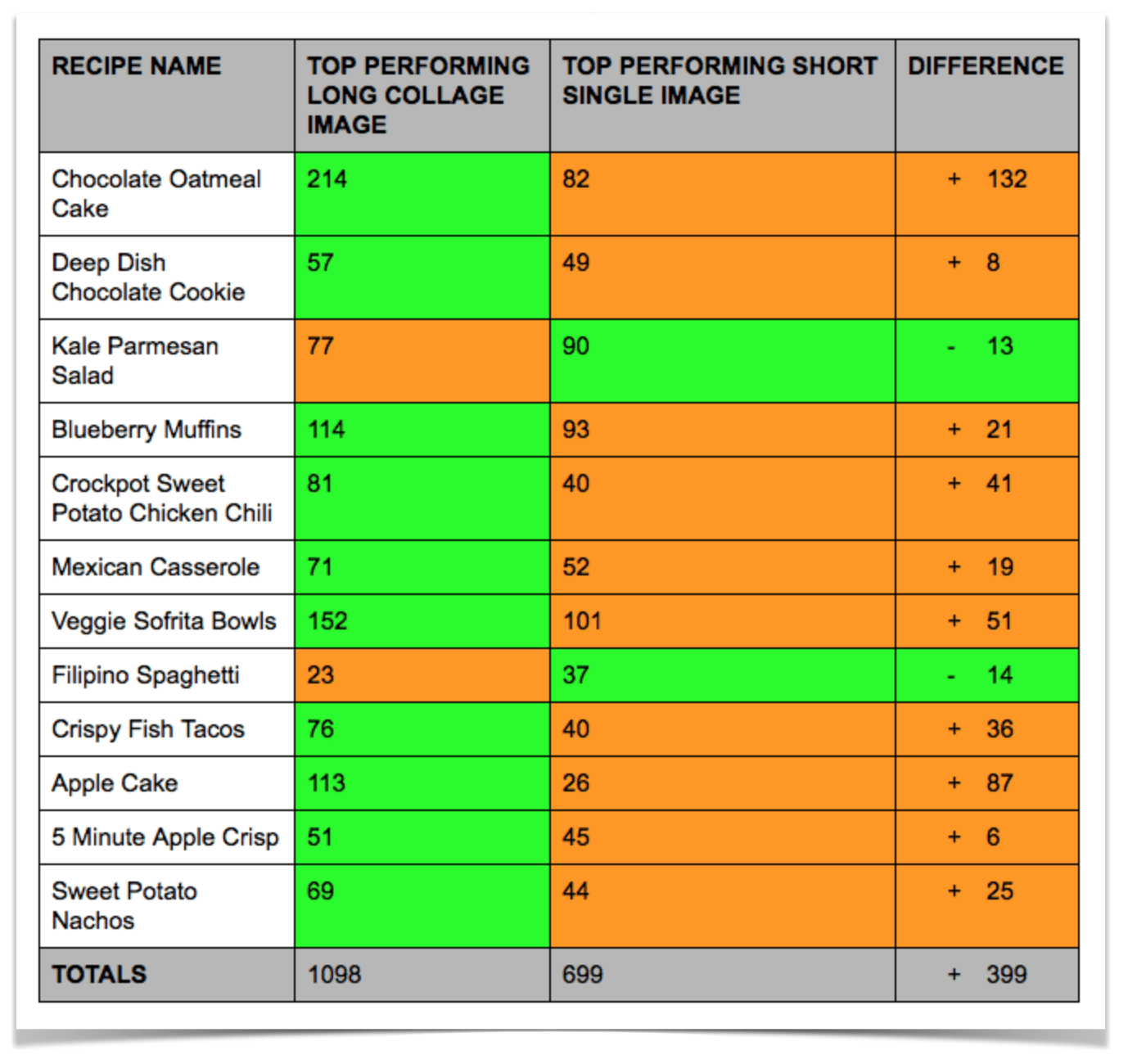
The long pins got more repins 87% of the time. In this case, that is just 10 out of 12 times – next month we’ll see how that number compares when we look at a larger, more complete set of data.
On average, the long pins got 37% more repins than the short pins.
After three hours of looking deeeeeeep down into all the data so far and factoring in all the multi-dimensional layers of Pinterest (whew! she’s a doozy, that Pinterest), I asked Abby to share some of her thoughts on this whole experiment thus far.
Abby says:

“In general, we’re finding that collage pins with text are the most engaging when it comes to being repinned. These pins have two different images with simple text which are valuable because they catch the pinner’s attention right away.
We’ve tried two styles for the long pin text – one with a more artfully designed brushy text and one with a more standard handwriting font. The pin style with brushy text is beautiful, but we’ve concluded that most people who pin Pinch of Yum recipes are pinning recipes for practical purposes. I can imagine that the brushy text gives off a fancy or complicated vibe, which might not be the most appealing to the Pinch of Yum audience. The Pinch of Yum Pinterest audience generally favors recipes that are practical and approachable, which leads to a preference for pins that have multiple images and/or somewhat of a tutorial piece to them. Examples of successful pins that fall under this umbrella include Sticky Garlic Chicken (2600+ repins) and Whole Wheat Apple Pancakes (2100+ repins).
But the most important thing we’ve noticed is that Pinterest can be an overwhelming beast when it comes to predicting what will be successful and what will flop. For example, we’ve seen the exact same recipe and photo get 23k pins on one board and 38 pins on another board with the total number of followers on each board being really similar.”
If anything, this project has brought up more questions than answers. Here are some of the things we’re hoping to get more clarity on in the coming weeks and months:
- Are the results the same outside of our Pinterest account? This is super important because most of our Pinterest referral traffic and engagement with Pinch of Yum content comes from OTHER PEOPLE’S PINTEREST ACCOUNTS, not our own. So once we get a feel for what our own followers like, we want to look at the broader Pinterest audience to find out which pin type, if any, is more likely to have that virality factor.
- What are the implications of the new Pinterest feed display style (mobile) that changed this last weekend? Will that now crop our long images to squares in the feed?
- What are the factors (especially ones that are in our control) that impact reach of any given pin? We need to research this more.
- How often do people choose to pin long pins vs. short pins directly from a post on pinchofyum.com? This is proving to be super hard to track other than just looking at our Pinterest source page – if you have any awesome ideas, I’m all ears.
So, like Bjork said, what’s the point?
The point: Long pins have been engaging for our audience, but not significantly more engaging than our short single image pins. Until further notice, we will continue creating long pins for the time being because they allow us to promote the same content in a new, fresh, attention-getting way AND because they stand out more easily in search results.
But ultimately, awesome content prevails. Long pins or short pins, text or no text, Wednesday or Saturday… it’s all secondary to creating really helpful, awesome recipes and communicating those recipes through stunning photography. It’s the content that wins in the long run, not the pins.
One final word: we (content creators) are just sort of little pawns in the Pinterest game. (But we ♡ u anyway, Pinterest!) The reality is that Pinterest could change its algorithm tomorrow and no longer allow long, text-based images and it would be OUT OF OUR CONTROL. Which is kind of scary, but good scary. It’s so important for us as content creators to balance the optimization of social media with content and strategy that we have full control over – like what’s happening on our blogs or our email lists.
Our third and final comprehensive data report will be here next month! Be sure to check back if you’re into that kinda nerdery.
BlogHer To Federated Media

We’ve officially ended our contract with BlogHer and have signed on with Federated Media. Unfortunately, the ad network industry is one that is constantly changing, which means that as a publisher you need to constantly be on the lookout for ad networks that are performing well.
As many of you know, the performance of BlogHer has continued to slide over the past few months, making us realize that is was finally time for us to start looking for alternatives. We’re excited to start with Federated Media and see how it goes.
The BlogHer team has been awesome to work with over the past three years. A huge thank you to the entire team at BlogHer who has enabled us to make a living doing what we love during this chapter of Pinch of Yum history.
Speaking of ad stuff: As Pinch of Yum and Food Blogger Pro have continued to grow we’ve started to look for ways that we can start building out a team. We know that we can’t do everything on our own.
One of the things we’d like to delegate is the ad operations for Pinch of Yum. We’re in the research phase, but I’d love to hear if you have any thoughts or insight on this.

Inhale, Exhale

Lately, I’ve been trying to find a life pattern of figurative inhaling and exhaling – taking things in that give me energy and joy and rest (the inhale), and then doing things that give me purpose and expression and challenge (the exhale).
This inhale/exhale concept has been a powerful balancer for me lately.
Even before blogging was a part of my life, my default has always been the exhale. I am a doer – I know how to task-manage stuff and I feel REALLY GOOD when I get things done. I enjoy the process of crossing things off my list and pushing to get just ONE MORE THING done before the end of the day. Exhale, exhale, exhale, exhale, exhale, and guess what? Now-I’m-running-out-of-breath.
I think this is why I feel frantic, like, always. It’s in my nature to always find something to be frantic about, to always find a way to be busy, to run myself out of breath. If you are feeling so sympathetic towards Bjork right now, you get it.
My frantic self isn’t my best self. Even though I love checking off the to-do list, I want to experience life in a balanced way.
So I’m trying to do some of both. To inhale, I’m reading books. Drinking slow-drip coffee from our new Chemex while reading said books. Taking late morning walks. Or runs. Or just walks, because sometimes walks are just so much better than runs. Watching nightly YouTube pug videos with Bjork. Having weeknight dinners with friends JUST BECAUSE.
This idea is not my genius – it is borrowed from Glennon Melton Doyle, teller of truth and funny stories, inspirer of balance, and author of (affiliate link ->) Carry On, Warrior, which you should now go out, buy, and devour through all kinds of tears in one sitting. I mean, you guys, we’re talking about a book of short essays with almost 900 5-star customer reviews.
Kthanksbye.
Being a Spectator To Your Own Thoughts

I’ve always been fascinated/inspired by Richard Branson’s relaxed-high-fiving-billionaire-don’t-care-do-care-cool-uncle vibe, so whenever I see a blog post or tweet of his come across my screen I take time to check it out. Most recently it was a post about happiness, where he talks about his friend Ray’s five steps to happiness.
Here they are:
- Living in the moment.
- Being a spectator to your own thoughts, especially when you become emotional.
- Better to be loving than right.
- Grateful for at least one thing every day.
- To help others every chance you get.
The one that really intrigued me was the second one; “being a spectator to your own thoughts, especially when you become emotional.”
It’s something that I’ve tried to work on lately, but it’s easier said than done.
I’ve found this to be most helpful when I’m feeling threatened by someone else’s good work (“wow, look at that cool thing that person did that everyone loves…”), discouraged with how my day went (“dang, I didn’t really get that much stuff done…”), or down and out because of negative feedback (“you smell like an ogre…*”).
*not an actual comment I received, but some days it could be true.
I think of it as peeling back the layers on an onion, knowing that when I get to the core and see the emotion for what it is then I can usually address it easier.
Peeling back the layers of emotions is especially important if you do creative work, like blogging, speaking, photography, or acting, because the impact that small actions (a negative comment, a mean email, a bad review) can have on your emotions can be significant, and sometimes can oftentimes keep you from doing your work.
My encouragement to you this month is, when faced with a certain thought, take some time to peel back the layers on it so you can see what’s at the core.
Like an onion.
Which is a good note to end on, because at the end of the day, this is still a food blog.
Booya!
Because Of You
We say it all the time, but it’s because it’s true! It’s because of you that this little hobby-turned-career food blog called Pinch of Yum can exist as it does today. Thank you so much for making these recipes and sharing this yummy, warm, sometimes spicy (!) food around the table with your families and friends.
Every month we use a portion of the income from the blog to support a special project at The Children’s Shelter of Cebu. This month we’re supporting CSC in sort of a backwards way. We’re using a portion of this month’s income to support a Habitat for Humanity project that will be focused on building houses for the childcare workers at CSC.
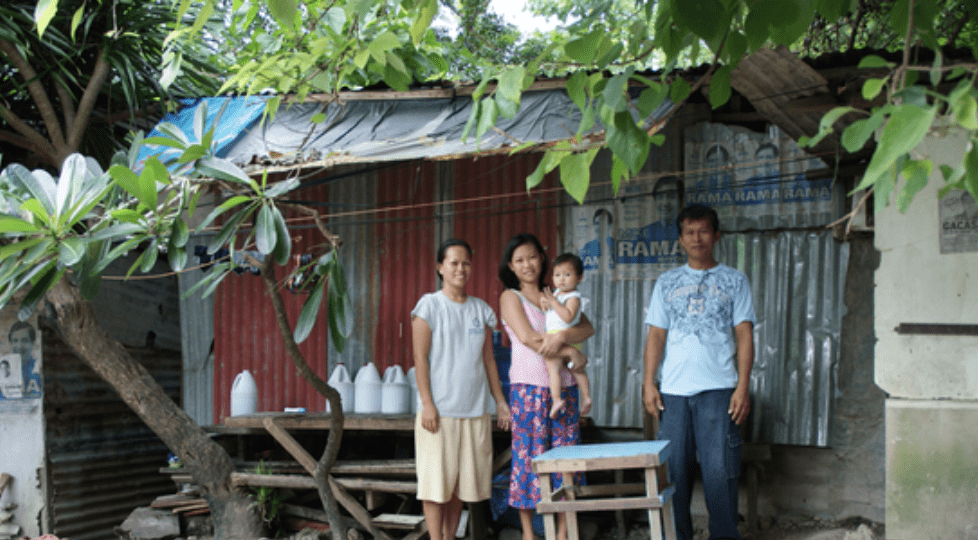
When we lived in Cebu and worked at the orphanage, I was deeply moved by the childcare workers – their unwavering willingness to stand in the gap of mom and dad for the kids who called CSC home was beyond inspiring. I get a tiny bit misty-eyed just thinking about it – these aunties and uncles work so, so, so hard and they care for the children with as much love, affection, and tenderness as if they were their own.
So needless to say, we’re really excited to be partnering with such a great organization (hooray Habitat!) to help build strong, safe homes for to the people who have spent so much of their time and energy caring for orphans. You can learn more about the project here.
